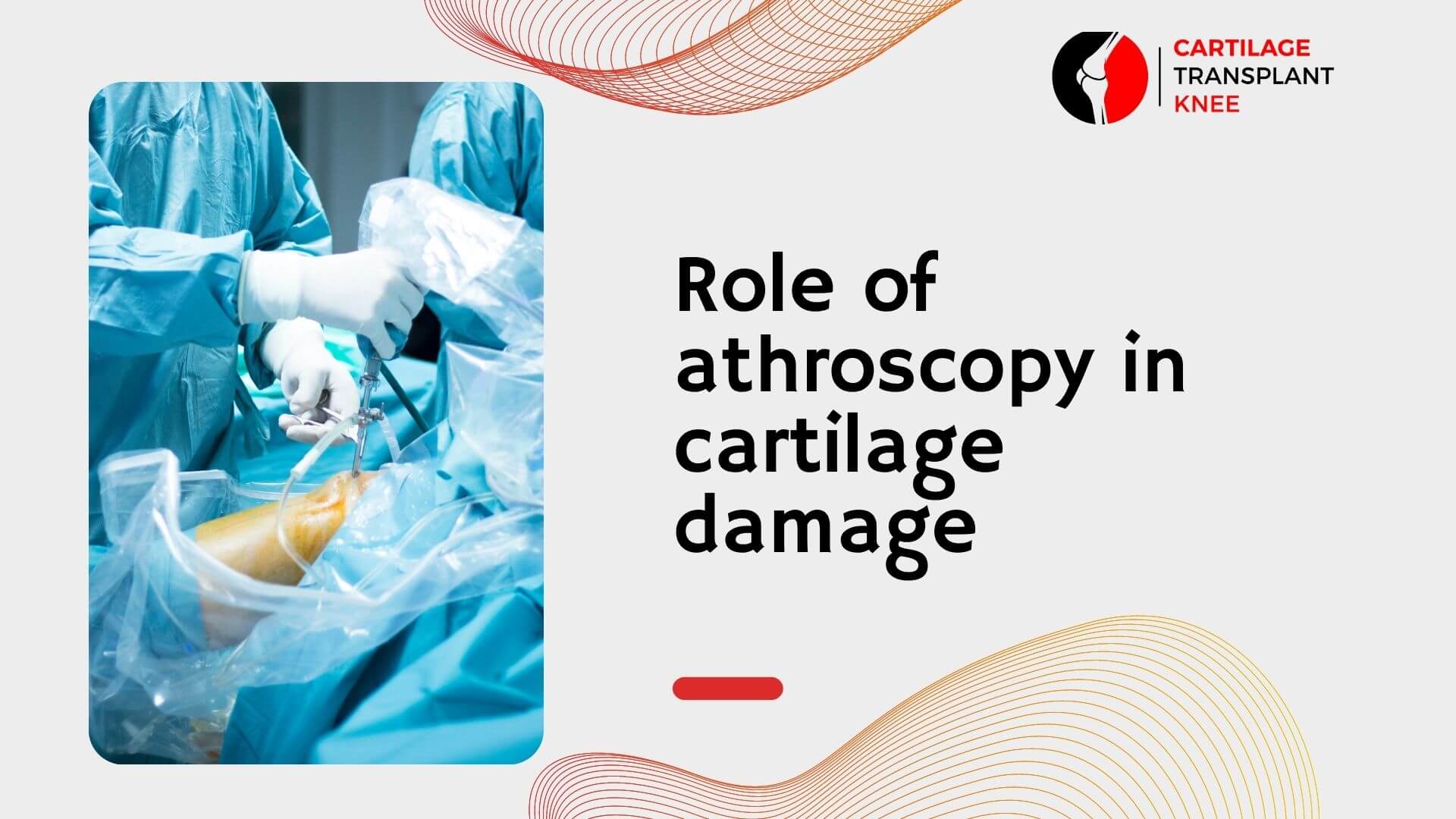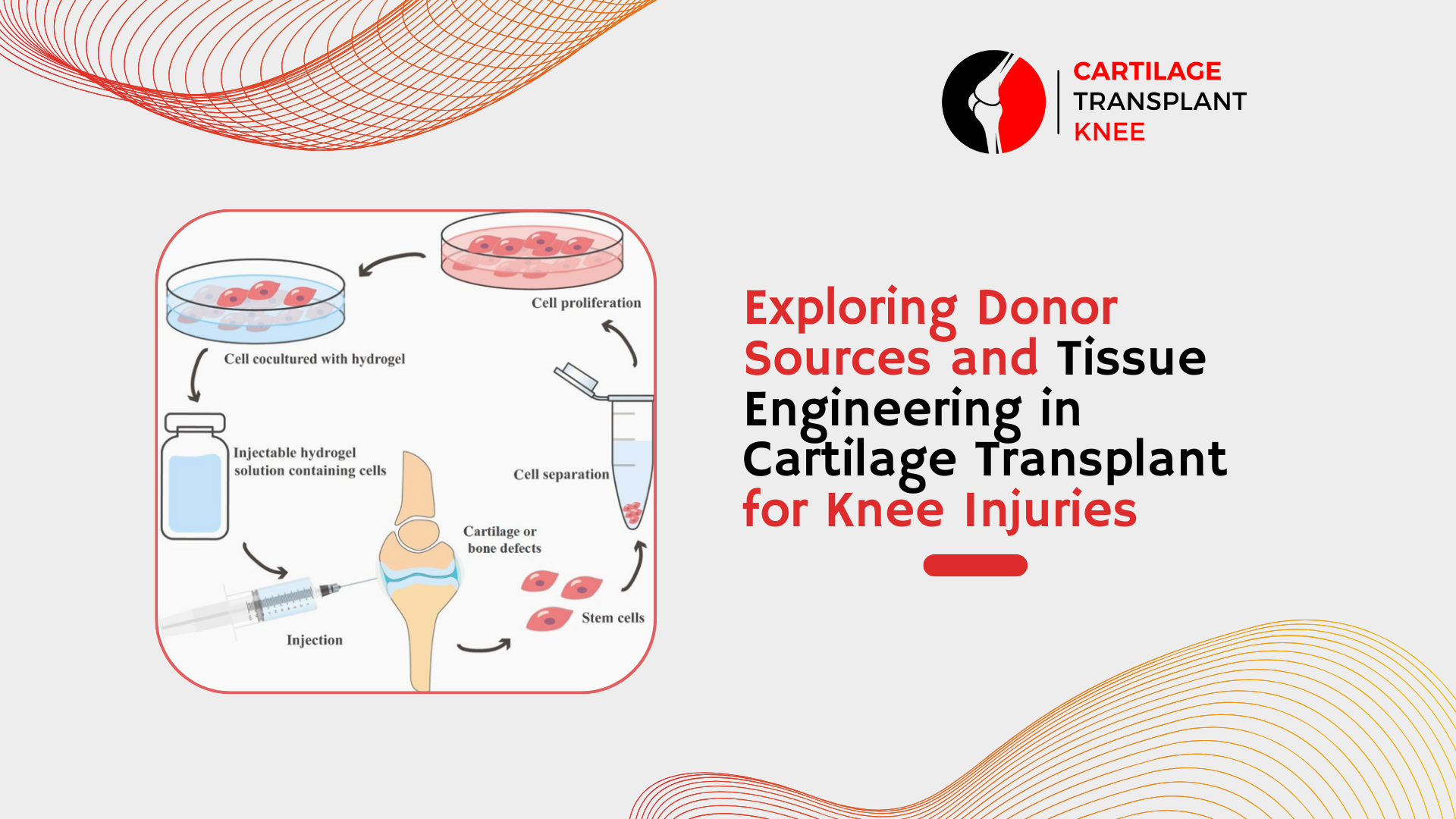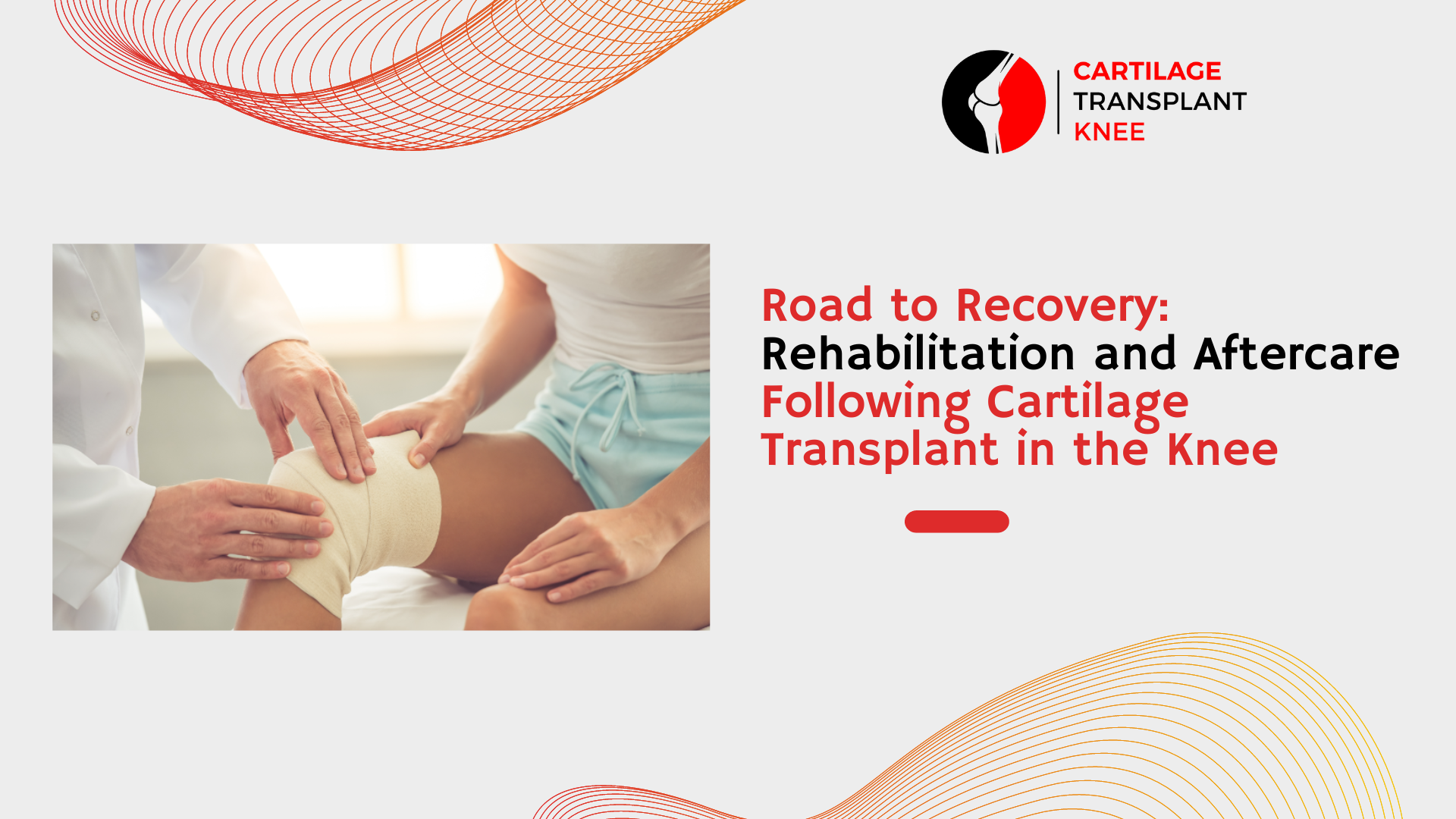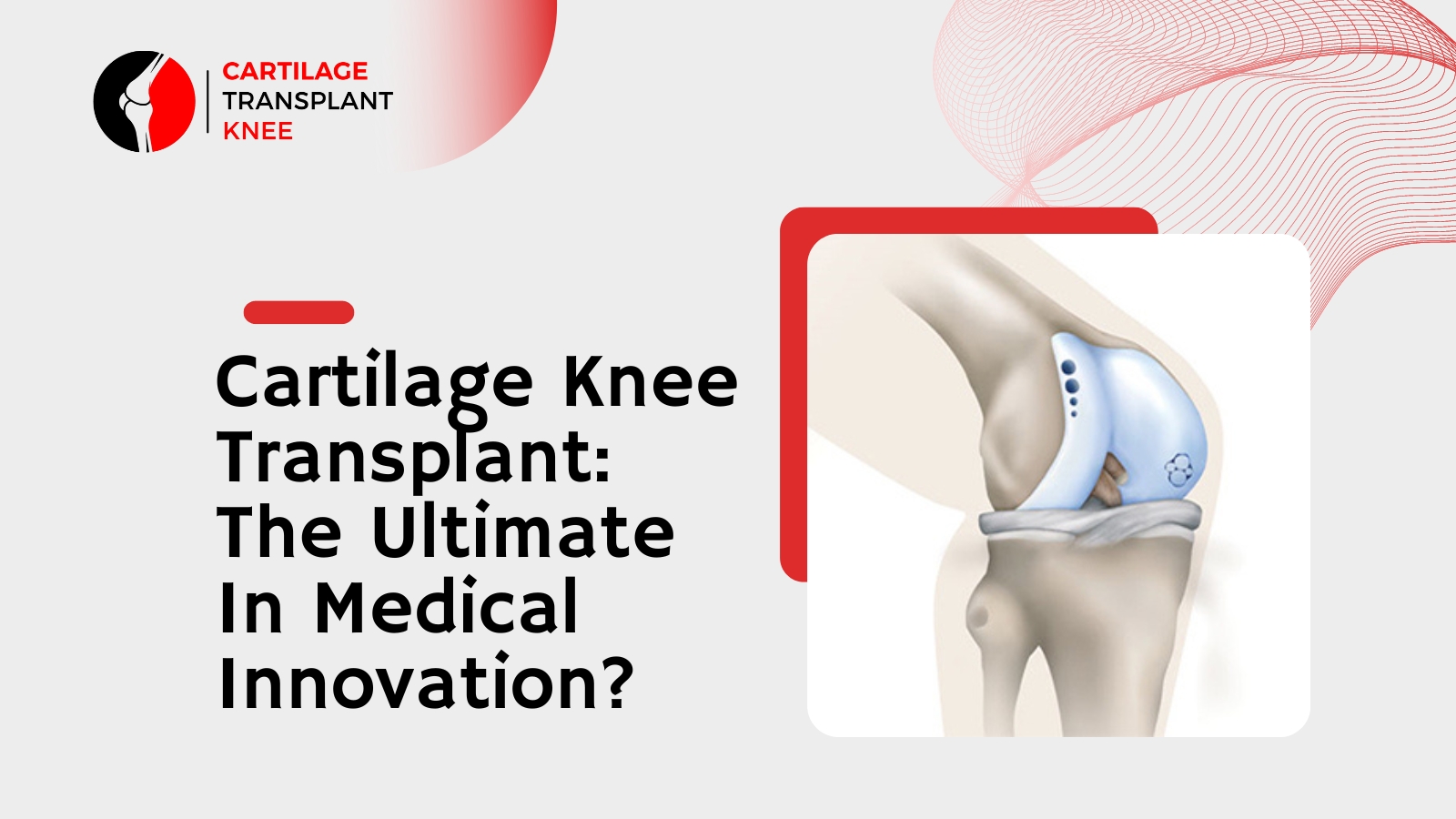Cartilage damage in the knee can cause pain, swelling, and reduced mobility. Arthroscopy is a minimally invasive surgical procedure that can be used to diagnose and treat knee cartilage damage. In this blog, we will discuss the arthroscopic procedure for cartilage damage in the knee.
Arthroscopy is a surgical technique that uses a small camera and specialized tools to visualize and treat the inside of the knee joint. The procedure is performed through small incisions in the skin, which reduces pain, swelling, and recovery time compared to traditional open surgery.
The arthroscopic procedure for cartilage damage typically involves the following steps:
1. Anesthesia: The patient is given anesthesia to numb the knee and prevent pain during the procedure.
2. Incisions: Small incisions are made in the skin around the knee joint to allow the arthroscopic camera and tools to be inserted.
3. Visualization: The arthroscopic camera is inserted into the knee joint through one of the incisions. The camera allows the surgeon to see inside the joint and assess the extent of the cartilage damage.
4. Cartilage repair: Depending on the extent of the cartilage damage, the surgeon may use specialized tools to remove or repair the damaged cartilage. In some cases, the surgeon may use a technique called microfracture to stimulate the growth of new cartilage.
5. Closure: After the cartilage repair is complete, the incisions are closed with sutures or steri-strips.
6. Recovery: The patient is taken to a recovery room where they are monitored until the anesthesia wears off. The patient may need to use crutches for a period of time and may be given physical therapy exercises to do at home.
The benefits of arthroscopic surgery for cartilage damage include a faster recovery time, less pain and swelling, and improved knee function compared to traditional open surgery. However, like any surgical procedure, there are risks associated with arthroscopy, including infection, bleeding, and damage to surrounding tissues.
In conclusion, arthroscopy is a minimally invasive surgical procedure that can be used to diagnose and treat cartilage damage in the knee. It is an effective option for many patients and can lead to improved knee function and reduced pain and swelling. If you are experiencing knee pain or suspect you may have cartilage damage, consult with your healthcare provider to determine if arthroscopy is a suitable treatment option for you.









